Off-grid solar is a system that functions independently from the power grid and is made up of batteries that store the solar energy that is generated. A high-end solar installation includes a slew of components. Circuit Electric Solar is a group of Tampa-area specialists who are driven experts in solar installation.
Our objective is to become the best renewable energy supplier in the Tampa region by concentrating on aiding households and business owners in reducing their carbon footprint so they may contribute to the world’s transition to sustainable energy at an affordable cost.
INVEST IN YOUR OWN ENERGY
There are four essential components that must be present for an off-grid solar system to be functional and aid in the transition to sustainable energy. Solar panels, charge controllers, batteries, and inverters are all essential components of a reliable off-grid solar system. An off-grid solar energy system works by:
Solar Panels
Solar panels turn sunshine into power and may be put on your home’s roof, in an open space, or in a park. The panels are linked to an inverter or a charge controller, which regulates the flow of power from the panels. Solar panels are connected in parallel to drive a substantiation array to capture.
The amount of solar panels required depends on a few elements like; the size of the roofing, the amount of sunlight that aims in your direction, and the type of solar panels.
Charge Controllers
Charge controllers are a device that manages the flow of energy from the solar panel to the battery pack. Charge controllers have the duty to make sure that batteries are sufficiently charged and aren’t overcharged. There are two main pillars of charge controllers:
Maximum Power Point Tracking (MPPT)
MPPT solar charge controllers are more costly, but they give the same switch-like protection as a PWM controller while reducing the power entering your home battery when it approaches its limit. MPPT controllers, unlike PWM controllers, may couple non-matching voltages from panels and batteries.
They adapt their input to get the most power out of your array. MPPT charge controllers are recognized to be more efficient than PWM controllers, and they also utilize the full power of your solar system the most effectively.
Pulse Width Modulation (PWM)
PWM solar charge controllers are the industry standard for solar consumers. They are easier and less costly than the MPPT. They function by delaying the pace at which the quantity of electricity entering your battery is reduced. When your battery is full, PWM controllers deliver a modest quantity of power continuously to maintain it steady.
With a PWM controller, your solar system and battery must be matched in terms of voltages. With this knowledge, PWM controllers are better suited for a do-it-yourself solar system with a few low voltage panels and a small battery.
INVEST IN YOUR OWN ENERGY
Inverters
Inverters are critical to the operation of an off-grid solar system. The inverters’ role is to transform the DC power stored in the battery into a reliable AC power stream that can be sent to any AC outlet in a residence. Inverters come in a variety of sizes, and the size defines the type of energy load that may be accommodated based on the off-grid load needs. You must ensure that your inverter can support several energy loads running concurrently inside the system.
When you’re getting started with your setup, choosing an inverter is a huge choice. Inverter chargers are the most often used inverters.
What Do Inverter Chargers Do?
The inverter charger functions similarly to a standard inverter, but it also serves as a charger. That is, the inverter not only has an output but also an input. The significance of this is that it allows the system to use an external power source, such as gas, to create electricity for system demands while seizing power drawn from the battery.
When the system loads are sufficient, the surplus power that is input is utilized to charge the battery bank. Inverter chargers provide system redundancy, which is required on days when the sun does not shine as brightly as it typically does, resulting in a lack of power to charge the battery bank.
Battery
A solar battery is a battery that stores the energy produced by your solar panels when exposed to sunlight. This stored energy may subsequently be used to power your house at night or when the weather is gloomy. When you install a solar battery in your house, you will be able to use more of the energy generated by your solar panels. Without a battery, any surplus power generated by your panels is sent back into the grid; however, installing a battery allows you to store that excess electricity for future use.
A solar battery also offers backup power in the event of a power outage, as well as protection for any sensitive equipment in your house. The backup power will keep you comfortable and connected during an outage, and it will safeguard your sensitive gadgets from hazardous voltage swings caused by outages and frequency fluctuations.
Circuit Electric Solar is Tampa’s Best Solar Company
Circuit Electric Solar is a specialist solar installation crew for your Tampa home or business. Our goal is to be the finest renewable energy supplier in the world, focusing on assisting homes and business owners in reducing their carbon footprint in order to accelerate the world’s transition to sustainable energy while lowering their costs. CES Solar was created in response to significant demand for solar panels and energy efficiency solutions from our clients.
Our objective is to give a more effective solution at a lesser cost. Our business approach helps us do this by eliminating industry-standard inflated sales commissions and restricting regional offices, which results in cheaper consumer pricing for high-quality energy solutions.

